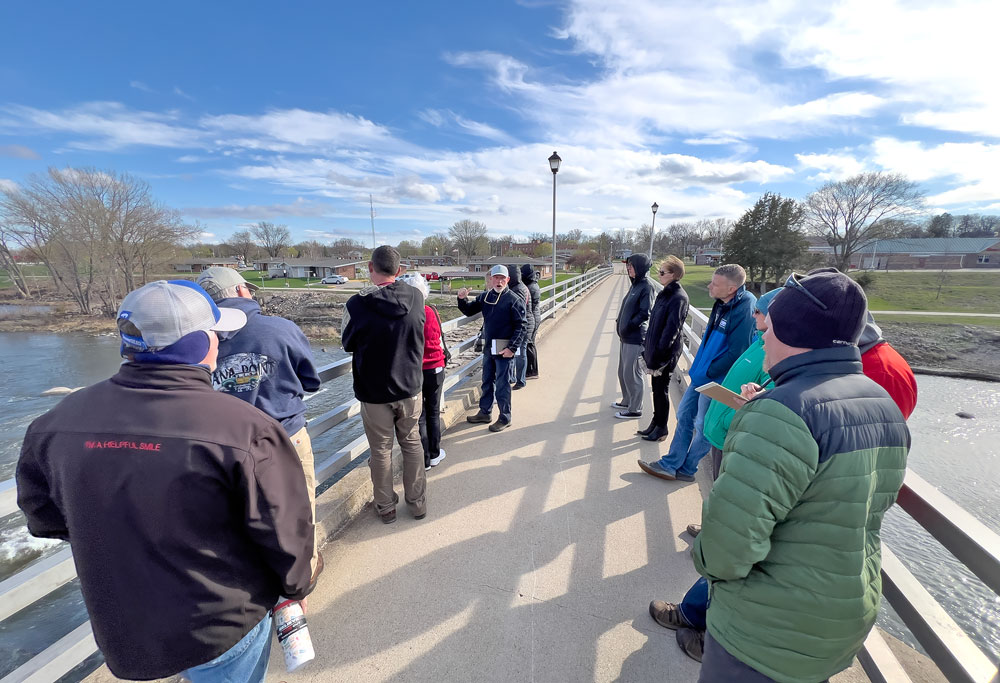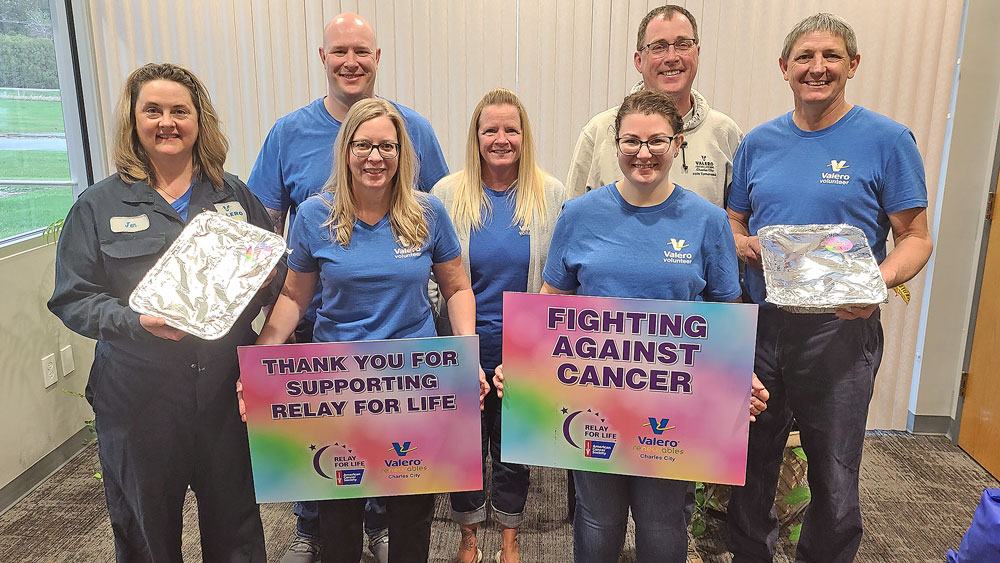Additional property purchased for new WRRF
By Kelly Terpstra, kterpstra@charlescitypress.com
Spend money to save money — that’s part of the long-term plan that Charles City has in mind for its proposed $18 million wastewater treatment plant.
A second piece of property for the project was approved to be purchased by the City Council at a special meeting on Monday. That additional land will be used as part of the proposed water resource recovery facility (WRRF).
A large facet of the project — with a completion date for the summer of 2022 — would design equalization basins and reed beds sitting adjacent to each other.
City Administrator Steve Diers said the current plant is 52 years old and with new Iowa Department of Natural Resources rules and regulations, the move to upgrade the facility was necessary.
“You can’t just pick up and move a wastewater treatment plant. It’s a gravity-based system. The plant is where it is,” said Diers. “We have to build in that location.
“Unfortunately, we’ve had to acquire additional property to do it. But it’s going to be the cheaper way forward and the operational way forward for the city — for now and into the future,” he said.
The property to be purchased is at 300 Shaw Avenue and is owned by Mario Villalobos. City Attorney Brad Sloter is hoping to finalize and close the sale of the property in early February.
The property comprises 1.15 acres and was agreed to be purchased for $125,000. The most recent assessment of the value of the property according to Diers was just over $80,000.
“We’re gonna save over $300,000 just in construction costs by acquiring this property, not to mention the day-to-day operational improvements that it will allow,” said Diers.
The Villalobos property, along with the acquisition of 25 acres of land bought from Kevin and Rebecca McEnany for $415,000 in November, will keep the basin and reed beds closer to the plant, which is located at 307 Shaw Avenue.
“When we have heavy water flow and heavy rains or flood times, this equalization basin prevents the plant from being overrun,” said Diers. “It prevents backups and us being in a similar situation where we were unable to use our sewer system.”
Diers said less pipe will have to be laid in the construction process after both properties are purchased.
“It puts the operation closer to the plant so you don’t have the operating costs that we would have otherwise,” said council member Jerry Joerger.
Diers said the city is also considering buying a third piece of property for construction of the WRRF.
“For now, the acquisition of both these properties will meet the requirements that we need to be able to move forward with the project,” Diers added.
The basin will be be able to handle upwards of 6 million gallons of excess flow. The reed bed feature will digest the wastewater’s bacteria, fungi and algae, which also reduces operating expenses.
“We have to play by the DNR rules. They’re essentially requiring us to upgrade our plant. We’re one of the 102 wastewater treatment plants in the state that have new nutrient reduction standards,” said Diers.
Initially the plan was to build a concrete-style silo or vertical harvester for the basin containment system. After consulting with Fox Engineering, which is conducting the design plan of the plant, it was deemed that was too expensive.
The city chose to construct an earthen equalization basin, which will save Charles City $1.1 million, according to Diers. Minus the purchase of the Shaw property, the estimated cost the city is saving is over $900,000.
Diers said bids for the project could be sent out as early as six or seven weeks from now.
“Depending on where the bids come in, we might be looking at borrowing $17 million instead of $18 million,” said Diers. “It’s a pretty hefty difference for the size of the project that it is.”
Diers said the the city will front the cost of the project from the sewer department’s operating revenues, but ultimately the WRRF will be backed by the entire loan of the project itself.
“We’re going to have a fairly hefty increase probably in our rates to help fund payment for the new plant and everything else. I think that has kind of gotten kind of lost in the mix,” said council member DeLaine Freeseman. “It’s taken so much time to get to this point. It’s still going to be better than it would have been, by being able to have these properties and to construct it in a different manner.”
Villalobos is allowed to remain on the property as a tenant without any rent paid until Sept. 1 of this year or until he or his family finds a new residence. This was the same consideration given to the McEnanys and their property, which also included the city covering the taxes and closing costs on the property.
Construction could begin this summer, according to Diers. That construction would last through the remainder of 2020 and he said the plant could be online in the spring of 2021. Diers said there would be nine months of demolition work that would need to take place.
The project will take time to complete, but in the long run, council members agreed that the current plan sounds like the best fit to move forward.
“Ten years from now we’ll be glad we have it,” said Joerger.







Social Share